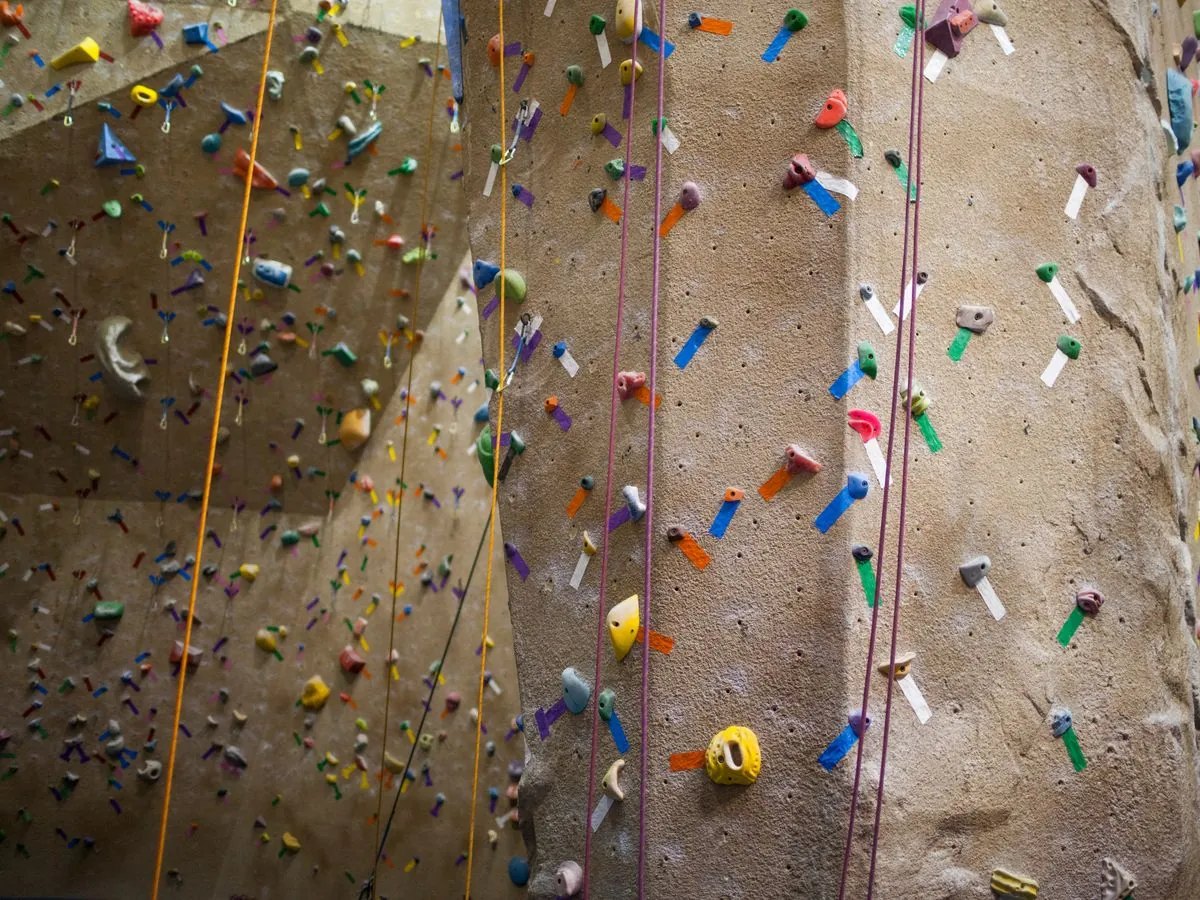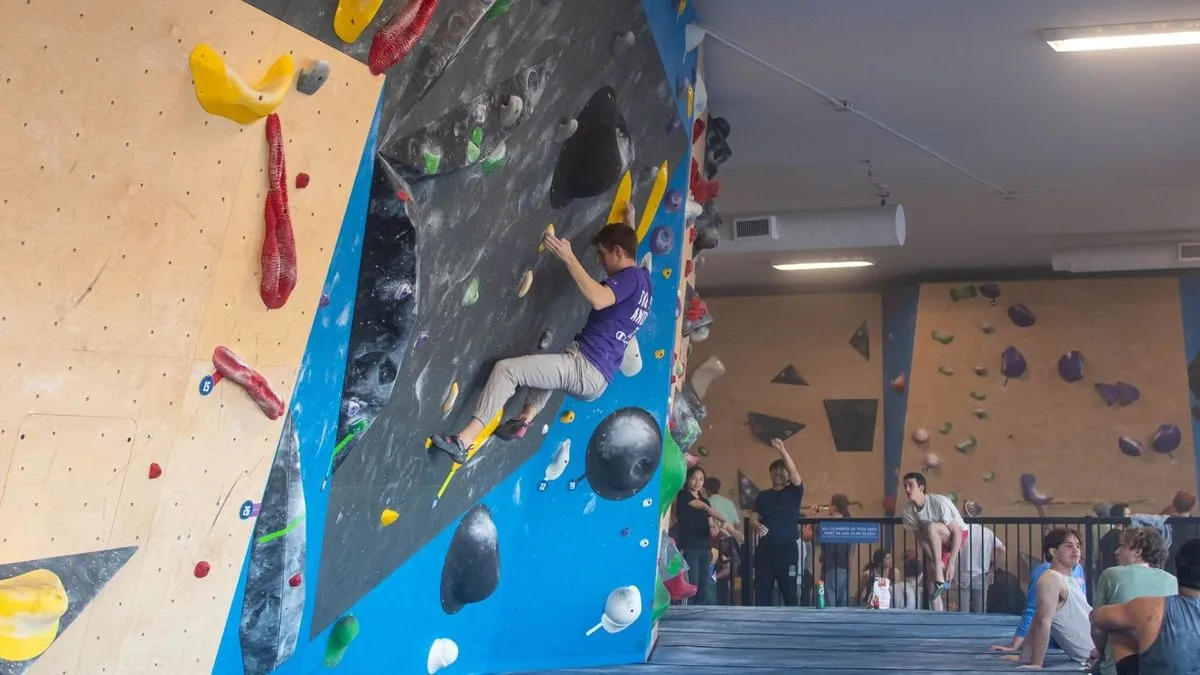Climbing: Not Just for Olympians - A Sport for Everyone
Discover how climbing, despite its Olympic-level appearance, is accessible to weekend athletes. Indoor gyms offer controlled environments for beginners, providing full-body workouts and mental health benefits.

Climbing, often perceived as an extreme sport reserved for elite athletes, is actually accessible to individuals of all fitness levels. While the Olympic Games showcase impressive feats of strength and agility, recreational climbing offers a more approachable entry point for weekend warriors.
Eric Horst, founder of trainingforclimbing.com, emphasizes the comprehensive nature of climbing as a workout. "Climbing's a terrific workout from your fingers to your toes and right through your core," he explains. This full-body engagement is one of the key benefits that attracts newcomers to the sport.
The advent of indoor climbing facilities has revolutionized accessibility. With over 600 climbing gyms across the United States, opportunities for beginners abound. These controlled environments provide a safe space for novices to learn the ropes, quite literally.
Climbing gyms typically offer various forms of the sport:
- Bouldering: Climbing without ropes on shorter walls (up to 15 feet/4.5 meters)
- Top rope climbing: Using ropes and a belayer on taller walls (40-60 feet/12-18 meters)
- Lead climbing: For more advanced climbers, involving clipping into protection as they ascend

For those new to climbing, bouldering often serves as an ideal starting point. Ivan Barcinal, general manager of Reach Climbing and Fitness, notes that bouldering fosters a community atmosphere: "Because it's low to the ground, you're actually hanging out and talking to people, so it's more of a community vibe."
The physical benefits of climbing extend beyond muscle strength. Nick Draper, professor of sport and exercise science at the University of Canterbury, highlights its importance for maintaining upper body functionality as we age. Moreover, climbing has been shown to improve cognitive function and reduce symptoms of depression and anxiety.
"The beauty of the sport is that people are incredibly supportive of each other, whether it's a beginner working on their first V1 problem or a seasoned climber who just sent their first V8 in the gym."
This sense of community is a significant draw for many climbers. The shared experience of overcoming challenges and celebrating achievements creates a supportive environment that keeps people coming back.
It's worth noting that climbing has a rich history and continues to evolve. Indoor climbing walls were first invented in the 1960s in the UK, with the first US artificial wall built in 1964 at the University of Washington. The sport has since grown tremendously, becoming an Olympic event in 2021 at the Tokyo Games.
For those inspired to give climbing a try, the key is to start at a comfortable level. Most gyms offer introductory classes and orientations to help newcomers learn proper techniques and safety measures. With patience and practice, anyone can experience the physical and mental benefits of this engaging sport.


































